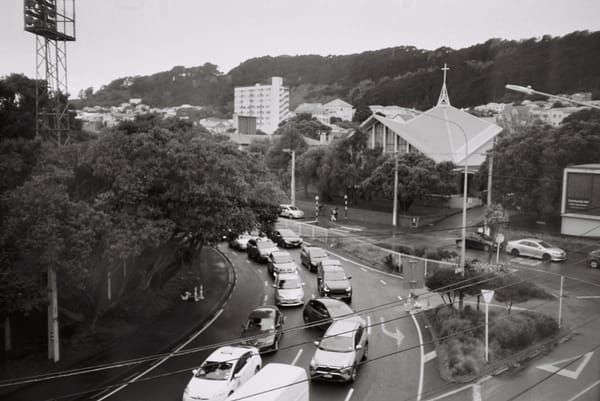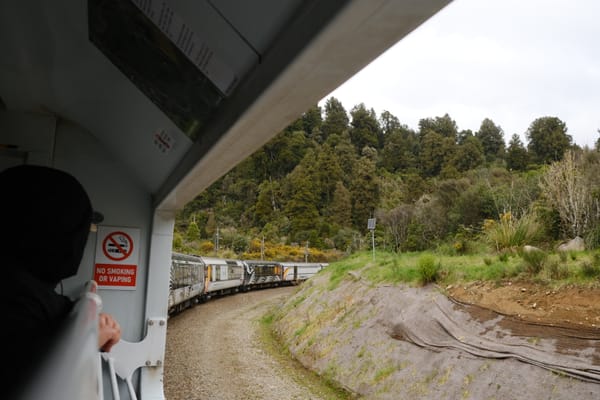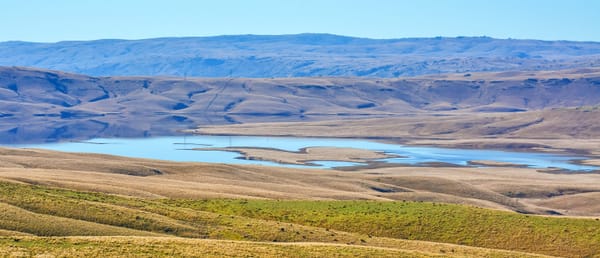What happened to train travel in New Zealand?
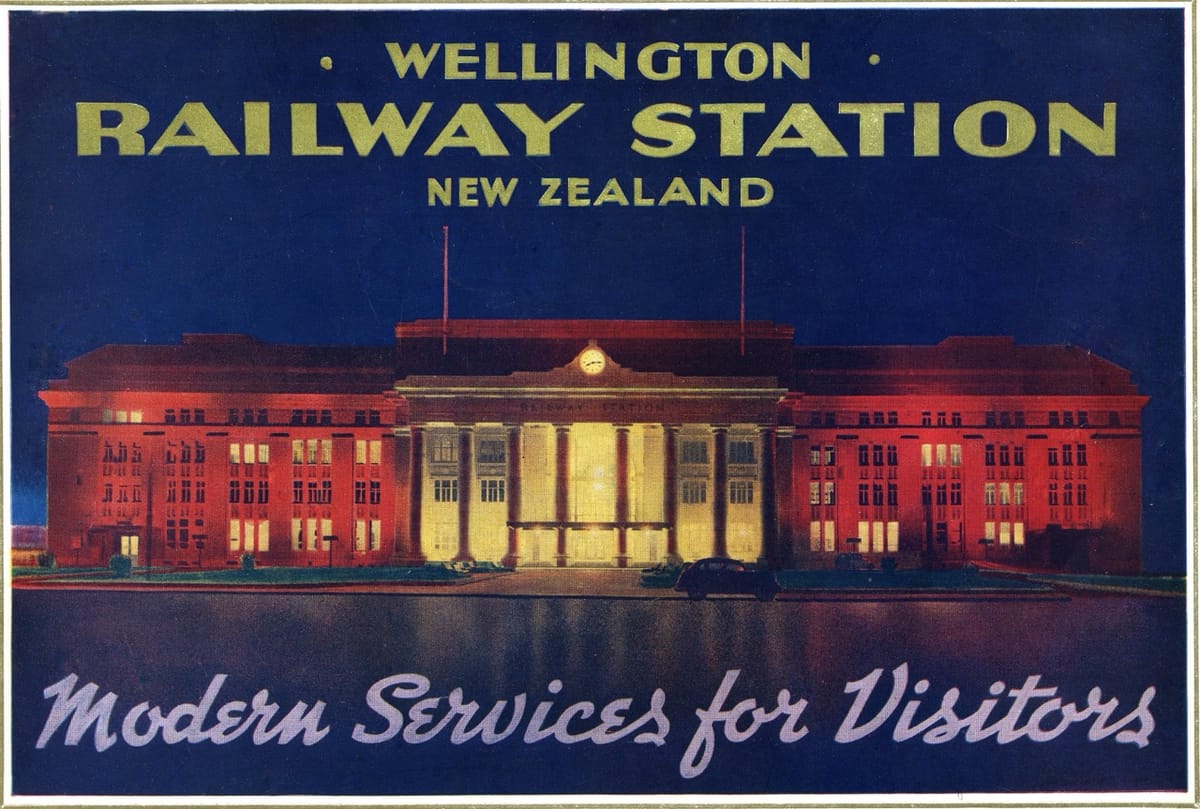
When you travel across Aotearoa, have you noticed the train tracks everywhere? My hometown, Whanganui, has rail weaving through town. It even has a dedicated train bridge in Aramoho.
Rail runs along the far north and the deep south. A century ago, people travelled towns and cities by train. Now there are barely any trains that take people across regions. Most are tourist trains that run slowly, expensively, and infrequently.
How can a country which used to have trains taking people everywhere lose nearly all of its passenger trains in a lifetime?
Rail is the future: train travel is one of the fastest and most environmentally friendly ways to go long distances. Plus, people fucking love trains. Trains are the sexiest mode of long distance transport. The same cannot be said for buses.
We need trains connecting our regions. Fast. To revitalise rail, we need to understand the many, many failings that led to Aotearoa losing its trains. Thankfully, Dr. André Brett has explored the history of rail in Aotearoa and its demise in his book Can’t Get There From Here. I’m using his knowledge to write a two part series on rail in New Zealand; what happened to the trains, and how do we bring them back?
The context
In the 1920s, our rail network was far-reaching. It was a key tool of colonisation: the government borrowed big to build rail in the 1870s so pākehā would settle in the regions. Rail was laid by confiscating land and illegally using Māori resources with no care for the history of the whenua or the effect on Māori.
This colonisation project left train tracks everywhere from city centres to small towns. 28 million train journeys were taken in the 1920s, when our population was just one million. Rail was how people travelled.
But change was in the air. Politicians and the New Zealand Railways Department (which I’ll call the Railways) consistently chose to doom trains to a death by a thousand cuts.
Cars got better and services got worse.
In the 1920s, cars leapt ahead in affordability. Roads got nicer and for rural Kiwi, cars were convenient. Many rural and regional trains were steam powered and carried goods too. These train journeys were slow and uncomfortable.
Cars were the strongest challenger trains had ever seen. They were so compelling that train passengers began to switch to cars. The Railways could have responded by improving services. Back then the government saw rail and roads as complementary to each other. The Railways already had an advantage: back then roads weren’t allowed to be used for heavy freight. The Railways could have used their strength to offer faster, better train journeys. It would have stopped people needing to buy cars. Instead… they cut services and replaced trains with buses.
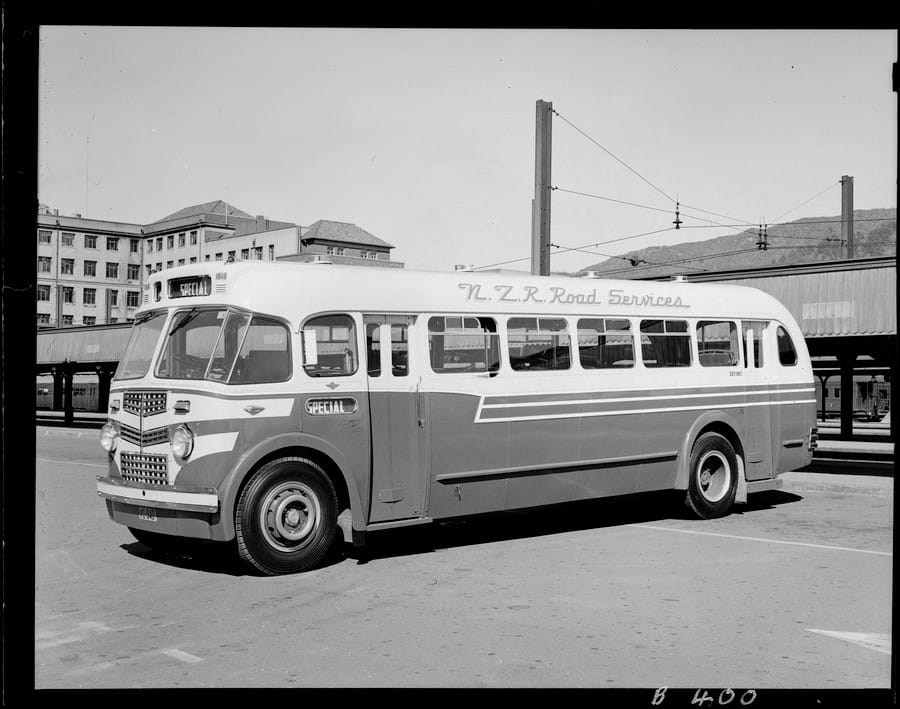
Bad economics led the Railways to use more buses than trains.
That’s right. The Railways worked hard to get more people on buses. The Railways! They loved buses because of economics.
Using a road is artificially cheaper because road users pay barely any of the costs of building and maintaining roads. Governments borrow to build them instead. That’s still the case.
The Railways, however, had to pay 100% of the costs of maintaining and building train tracks. That made using rail cost more than using a road. Whenever a passenger train wasn’t being used much, the Railways chose to save money by cutting trains and using buses instead. The Railways didn’t need to pay to maintain roads – and fewer passengers meant moving more goods.
The Railways enjoyed buses so much, they went from owning about 60 buses in the 1930s to over 900 by the 1950s. They ate into their own train patronage by running bus routes that matched train routes. That made train travel look less popular, which officials used as evidence to cut services. I have to stress: people didn’t want buses. They wanted better train services. However, the Railways continued to act as if they couldn’t wait to get everyone on a bus.
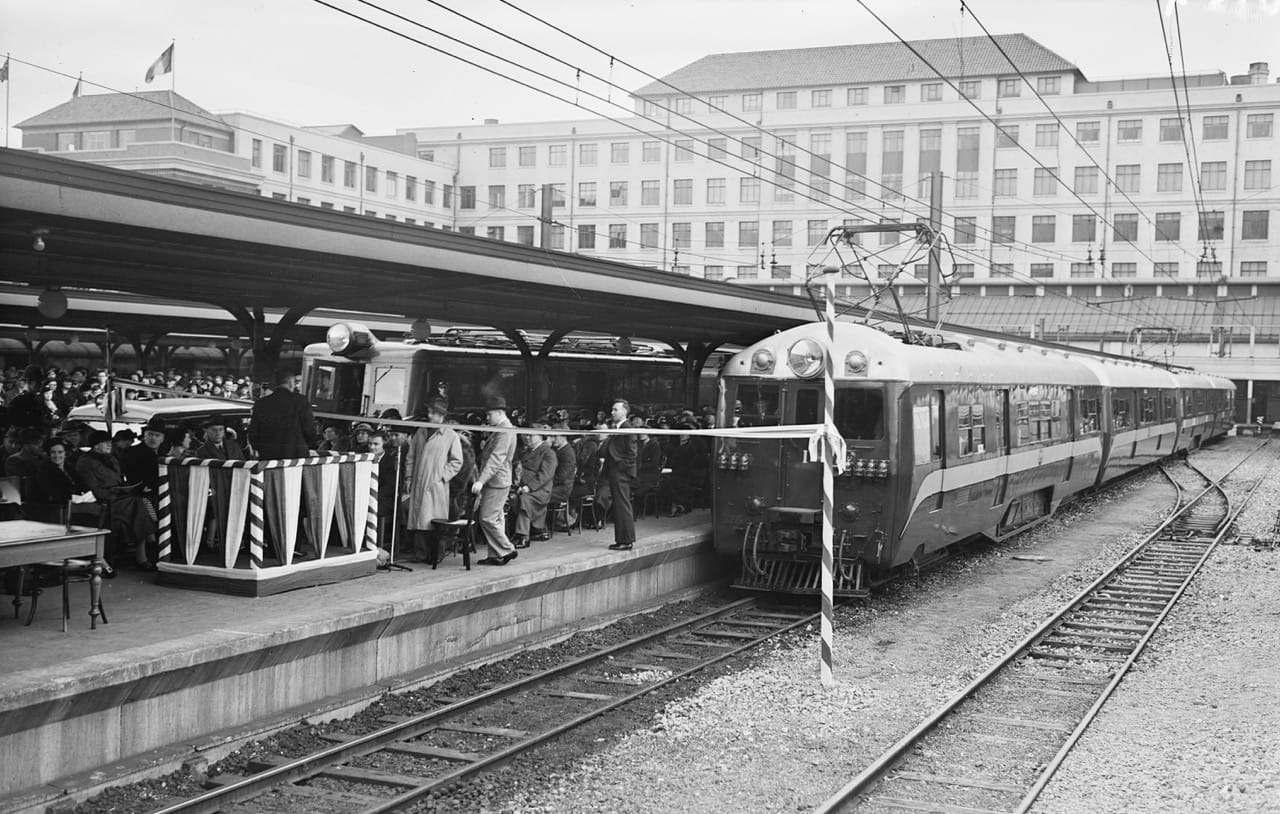
Train technology got incredible… and Aotearoa didn’t fully adopt it.
The 1930s and 40s were a new dawn for train transport. Two incredible innovations happened: electrification and the development of self-propelled “railcar” trains.
Before the 1930s, trains ran on coal. Coal pollutes the air and leaves a layer of shit on everything it goes past. Electrifying train lines meant tracks could snake through suburbs without the noise or soot. A Royal Commission recommended electrifying all of Auckland and Wellington, and some of Christchurch. Wellington electrified in the 1930s, but Auckland didn’t electrify until 2015. There were plans to electrify all main train lines… but cost pressures and the ability to use cheaper diesel train options meant it never happened.
Railcars, which were the first self-propelled passenger trains, were often better than cars. Comfortable and speedy, these trains offered a faster journey than steam trains or cars. When the Railways bought railcars, people loved them. According to Dr. Brett, someone literally called them “the fairy; the new magic vehicle”. People wanted railcars, and some got them. But, at the same time, more services not run by railcar were getting cancelled.
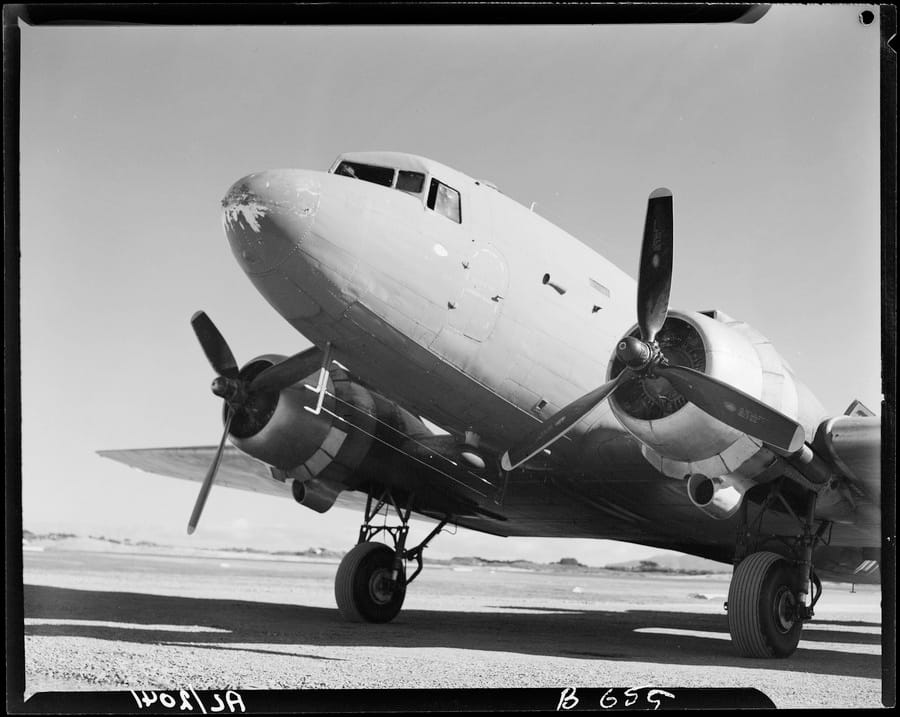
Widespread cancellations switched people’s behaviour.
In the 1940s, the Labour Government expanded the rail network and set a positive direction for the future. Fast forward to the 1950s and coal was in short supply because of a dispute between dock workers and the National Government.
With no coal to go around, moving goods was prioritised. Taking passengers by train was a luxury, and the Railways cut train services everywhere. At the same time, airplanes and cars continued to get better. More and more passengers felt burnt by bad service, and switched to cars and planes.
It didn’t seem that the Railways cared that much about the trend. For regional routes, the Railways had a playbook: make the service bad, drive people away, then justify replacing the train with a bus.
In the 1950s, Auckland officials only wanted cars.
Auckland city planners in the mid-20th Century wanted LA-style expressways and the American dream of spending all your time in traffic. So tramways across Auckland were ripped out and replaced with motorways. Unlike Sydney’s bridge, the Auckland Harbour Bridge was designed with no train tracks.
Some Aucklanders offered bold visions of a city connected by trains like London. Officials laughed off the idea. One said: “the future of Auckland is with the motorcar”. Once the city turned its back to train travel, everywhere else but Wellington followed suit.
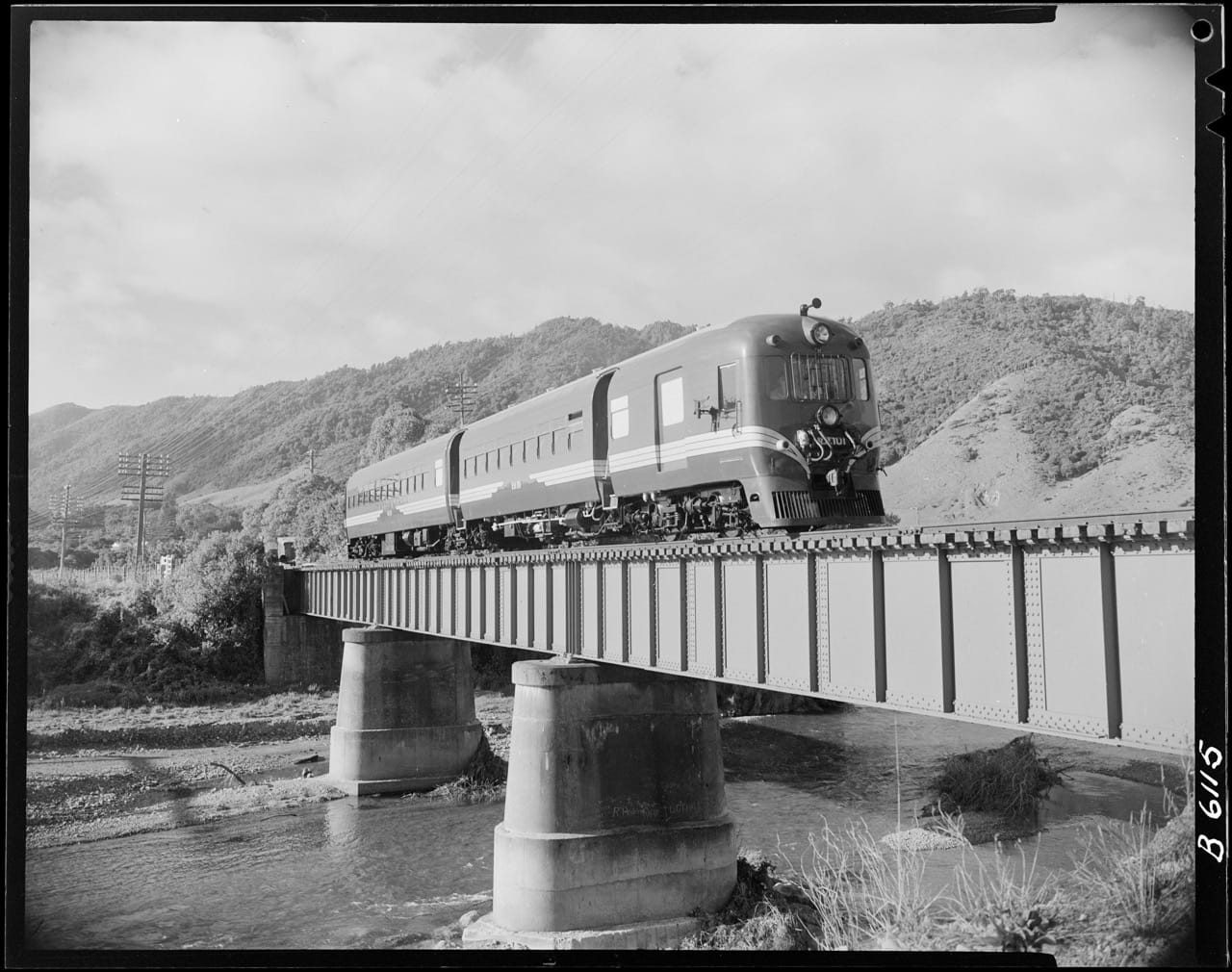
The country bought shitty new railcars, and our leaders never fixed it.
To their credit, the Railways tried revitalising popular services with new railcars in the 1960s. These new railcars could have been the pinnacle of quality. They could have saved a lot of money and made trains more frequent… if they weren’t so shitty.
The “Fiats”, as Dr. Brett called them, were hunks of junk. Fiat, who made the engines, delivered unreliable machines that constantly broke down from overheating. Fiats couldn’t go long distances because they were so deeply unreliable. For years, the Railways spent eye-watering amounts of money on repairs.
On top of that, there weren’t enough of them. The Railways ordered twelve fewer than they needed to maintain their services – and once the damned things started breaking down they couldn’t get funding for more railcars from the Government.
National, then Labour, delayed buying replacement railcars. By 1957, a financial crisis hit and no replacement trains were bought. These shitty railcars stayed in use for decades after their expiry date. Carried by another train, they ended up being used as passenger carriages.
Because the Fiats were so shit, it started a death spiral. Flying attracted more wealthy Kiwi. Anyone who didn’t have to use shitty trains picked private transport to get around. Fair enough: Governments and officials were telling them to do so through their priorities.
The Railways were privatised, stripped of assets, and left only serving tourists.
In the 1980s, newly elected Labour didn’t want the government acting like a government. So they started making lots of departments act like businesses. After decades of underinvestment and shitty service, the Railways were restructured to turn a profit and compete with cars.
Rail became for-profit, but roads stayed cheap because they were treated as public infrastructure. Roads were even deregulated so it was easy to take goods around by truck. Profitability for rail became very difficult. It was made worse from the fact that shitty service had changed people’s behaviour. Treasury desperately wanted to spend more on roads, and Labour’s Minister of Railways used the past mistakes of the Railways to argue nobody wanted trains any more – even if they became good.
After Labour left office, National decided to just sell off the Railways entirely. It passed into private hands, which at the beginning felt promising. Government had failed train travel for a long time; maybe it would do better if it was privately owned.
That optimism died quickly. Investors focused entirely on tourism and cancelled passenger trains. They stripped the entire business of its worth – capturing profits for themselves and ignoring critical maintenance.
After the Railways were gutted, they were bought back by Labour in the 2000s and have mostly remained in a kind of stasis. Suburban trains in Auckland have electrified and Wellington has kept its rail. There are limited passenger services from Palmerston North and Hamilton. For the rest of Aotearoa, it’s been incredibly difficult to get anywhere on a train for over 20 years.
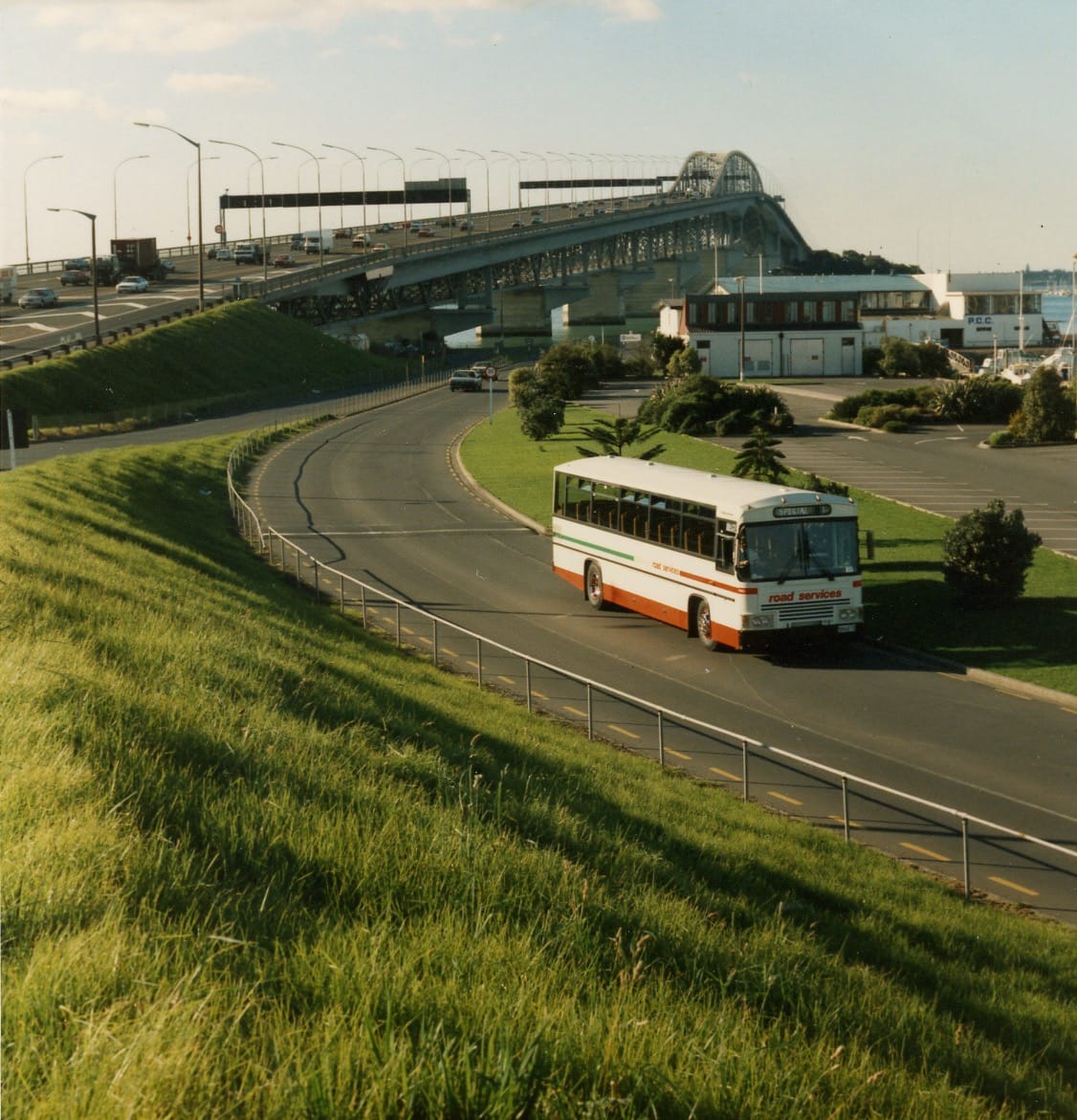
The Railways ignored the only political armour they had: passengers.
For every cancelled service in the last century, people in local communities cried out to keep their trains. Since the 1920s, people have complained about having their trains replaced by buses. I’ve complained about it: buses are bad for long distance travel!
Yet, the Railways saw passengers as an inconvenience that got in the way of moving goods. They took people off train tracks to make way for goods like timber.
This was an astoundingly stupid idea. The Railways forgot that people are the strongest political armour you can get. Trains require government funding, and passengers elect the government. Politicians don’t care about how good the train lines are for timber; they care about what their voters want.
When the Railways stopped caring about passengers they switched to cars and demanded better motorways. The Railways failed to understand that people were the only thing protecting them from decay. Imagine what our train lines could have been if the Railways used the political power of passengers. They’d be electrified, frequent, comfortable.
Instead, passengers were ignored. Now even timber rarely takes the train.
The tracks still exist. We can use them again.
Aotearoa used to carry people by train across the motu. Because of tilted economics, horrible decision making, political indecision, a steadfast belief that cars were the future, and a distaste for moving people with trains, we lost many rail services.
We can restore our trains. As neglected as rail is, the train tracks are still there. They still weave through my home town. They span the country and move goods. We can choose to move people, too.
By understanding what decimated rail, we can build a better rail system for the next century. We can invest in dependable technology used in Asia and Europe. We can put quality service at the heart of train timetables, and remove the need to profit off of a public good. We can make targeted improvements so trains are faster than cars.
Want to know how? Stay tuned for the next article.


